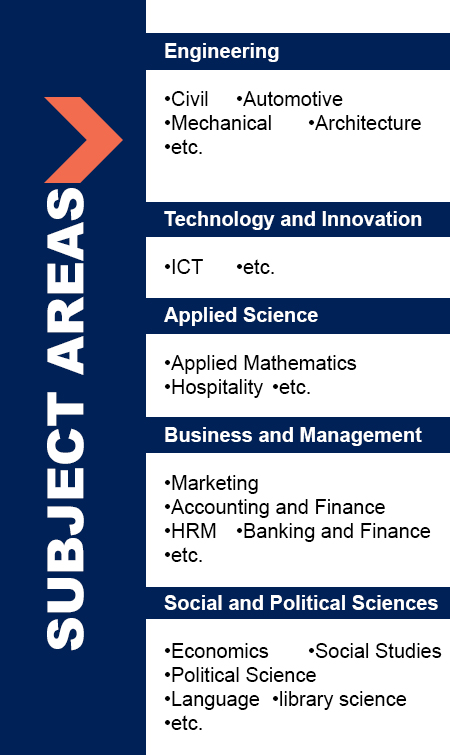Determination of phytochemicals in Thaumatococcus daniellii (sweet prayer leaves) and Musa paradisiaca (plantain leaves) as a food packaging material
DOI:
https://doi.org/10.47127/ijtmr.v8i1.155Keywords:
Phytochemicals, ethanolic extraction, plantain leaves, sweet prayer leavesAbstract
Leaves from the plants of Thaumatococcus daniellii and Musa paradisiaca are used for wrapping foods in Ghana. In this study, the types of phytochemicals present in the two leaves were qualitatively determined. Standard qualitative phytochemical tests by Trease and Evans, Sofowora and Harborne were employed in screening for ten selected phytochemicals. The following phytochemicals were present in T. daniellii leaf extracts; saponins, polyuronides, phenolic compounds, reducing sugars, alkaloids, flavonoids, cyanogenic glycosides, phytosterols and anthracenosides. However, triterpenes were absent. M. paradisiaca also showed the presence of saponins, phenolic compounds, cyanogenic glycosides, polyuronides, reducing sugar, flavonoids and phytosterols. However, alkaloids, triterpenes and anthracenosides were absent. From the results obtained, T. daniellii contained more classes of healthful phytochemicals than that of M. paradisiaca. Since, the leaves of both T. daniellii and M. paradisiaca contribute more than just a means of packaging to these local delicacies, their continued use should be highly encouraged and widely promoted.








